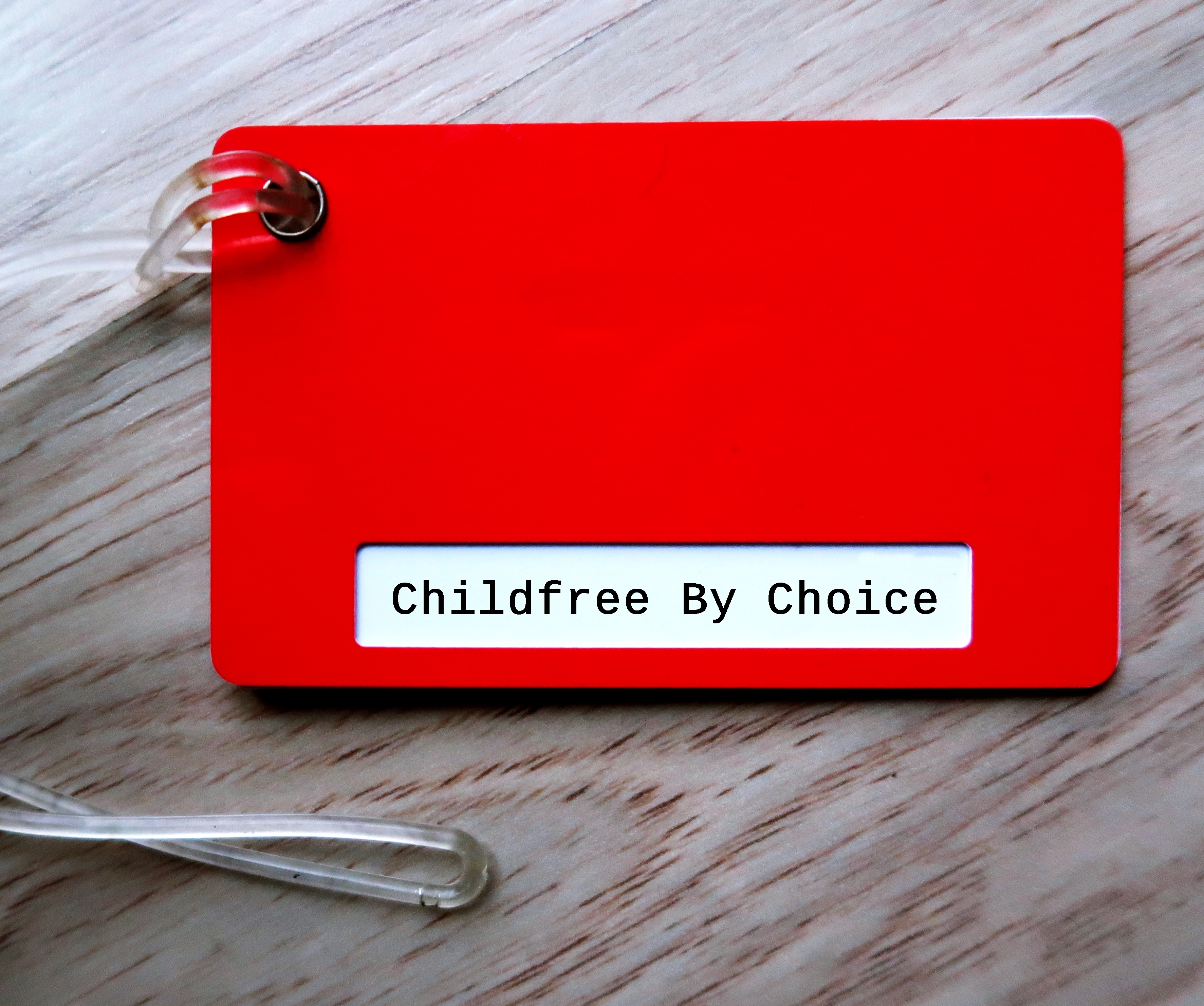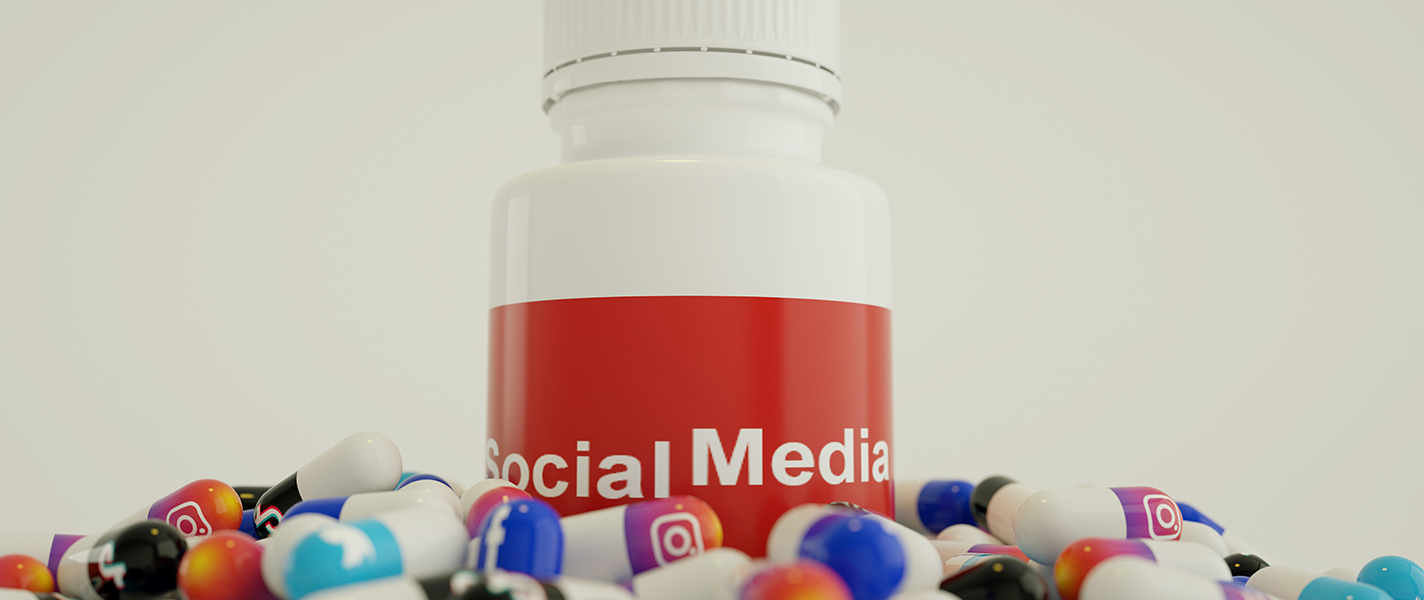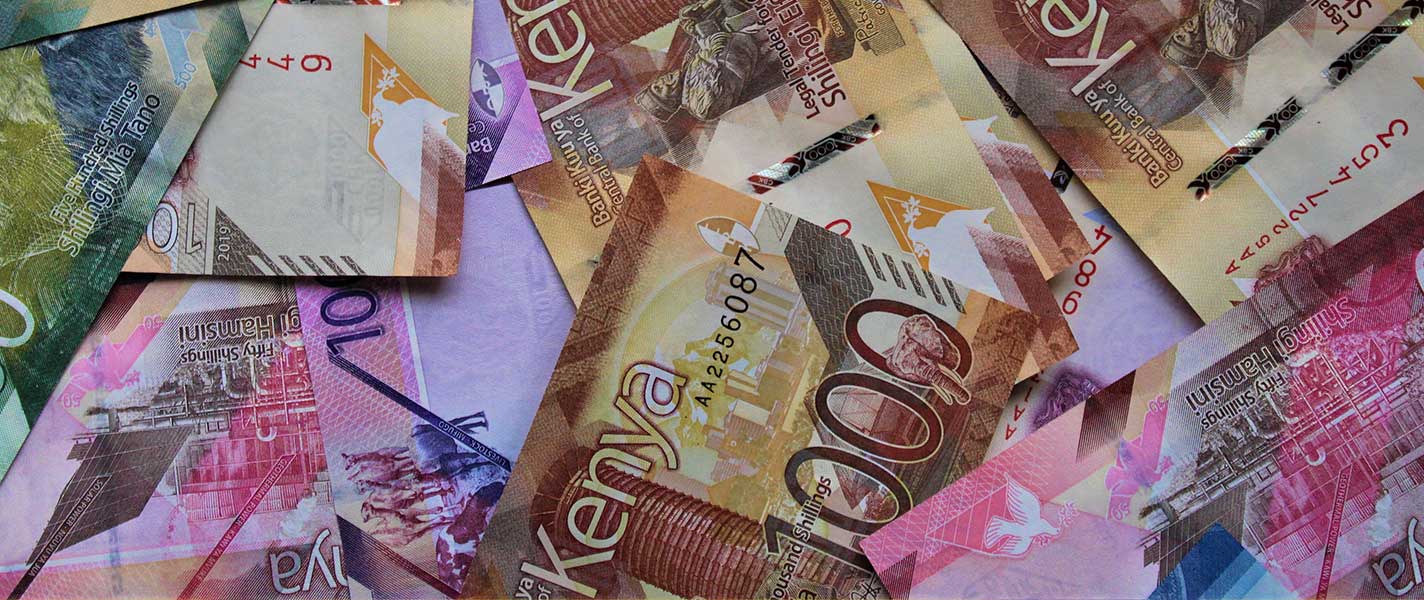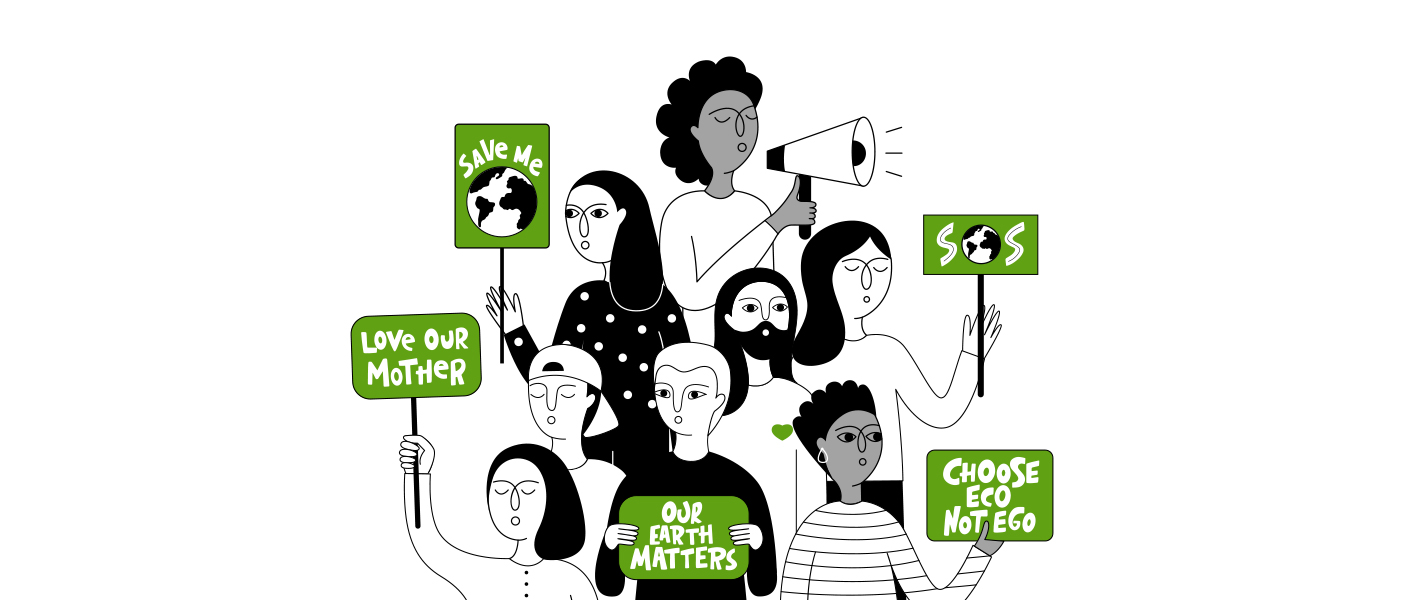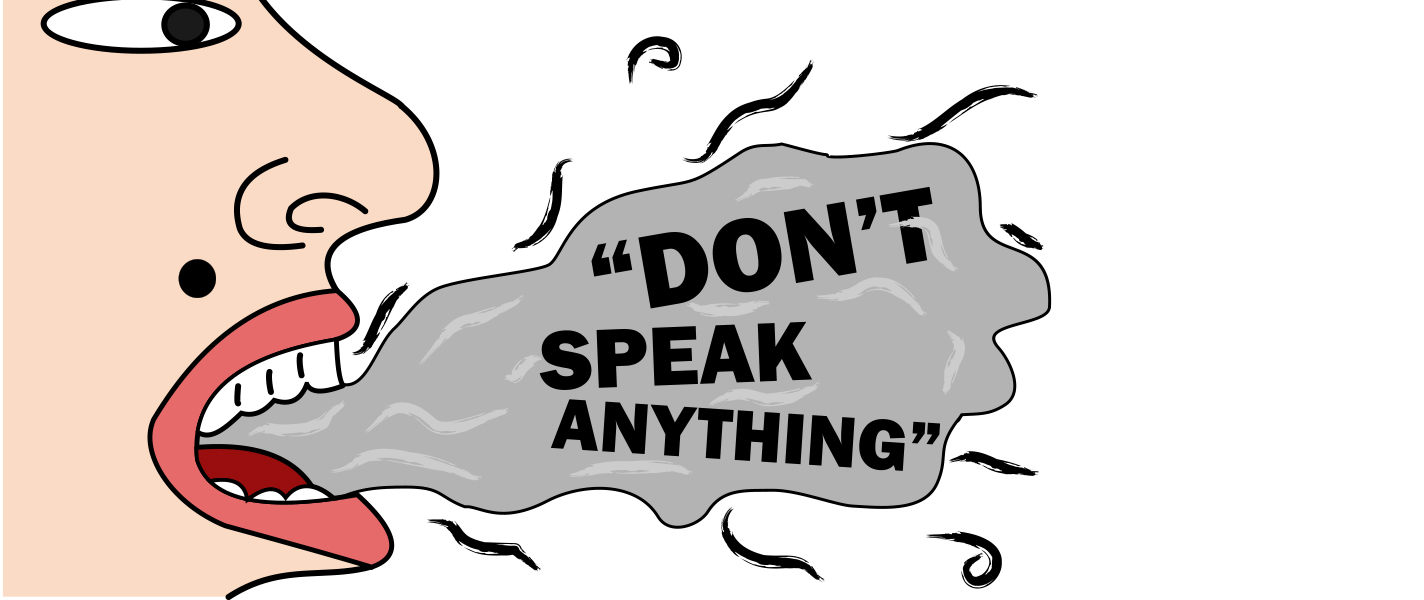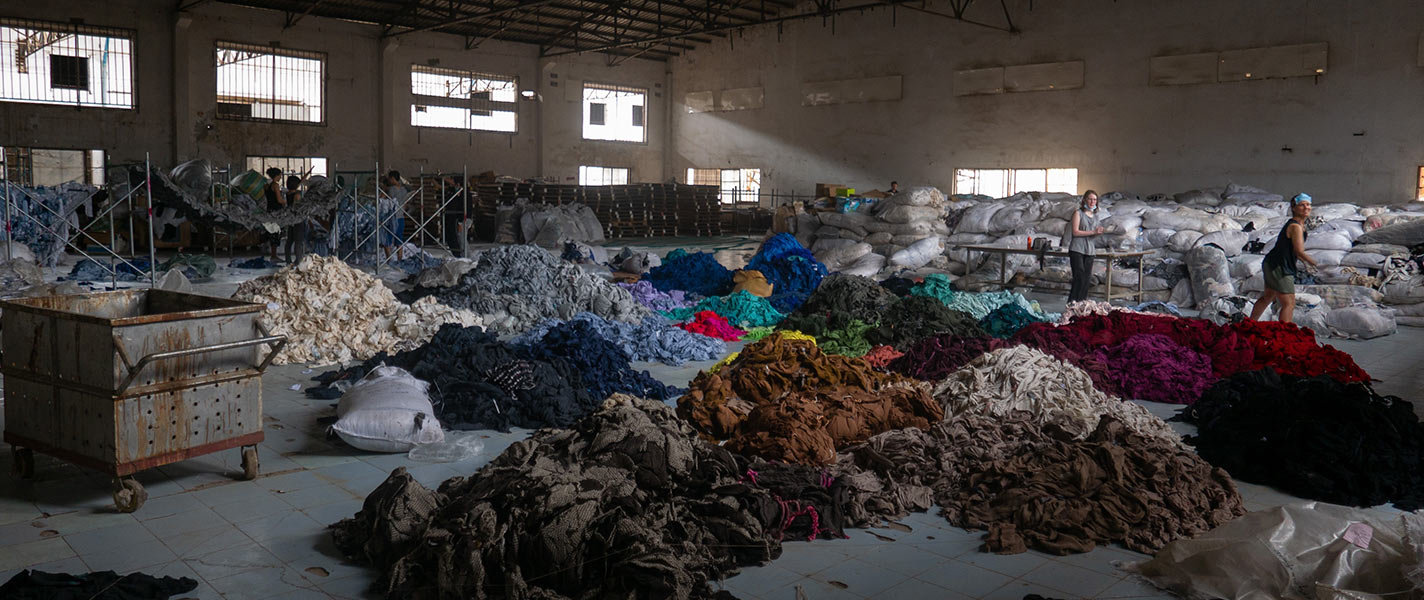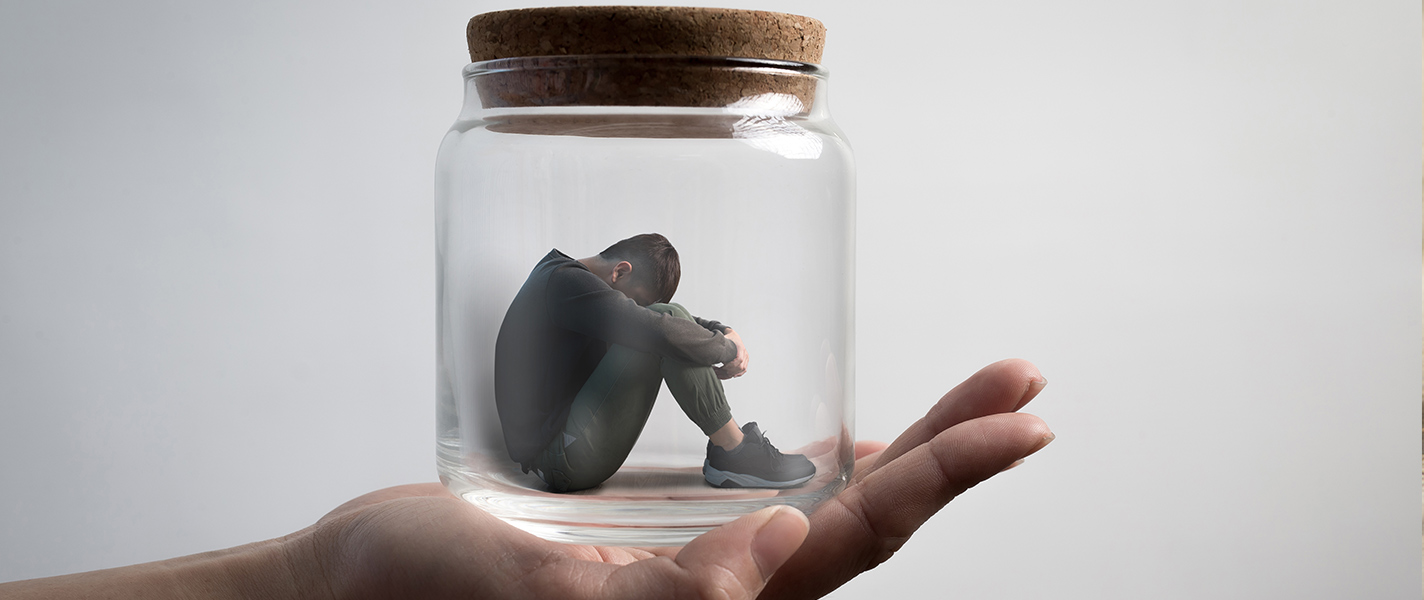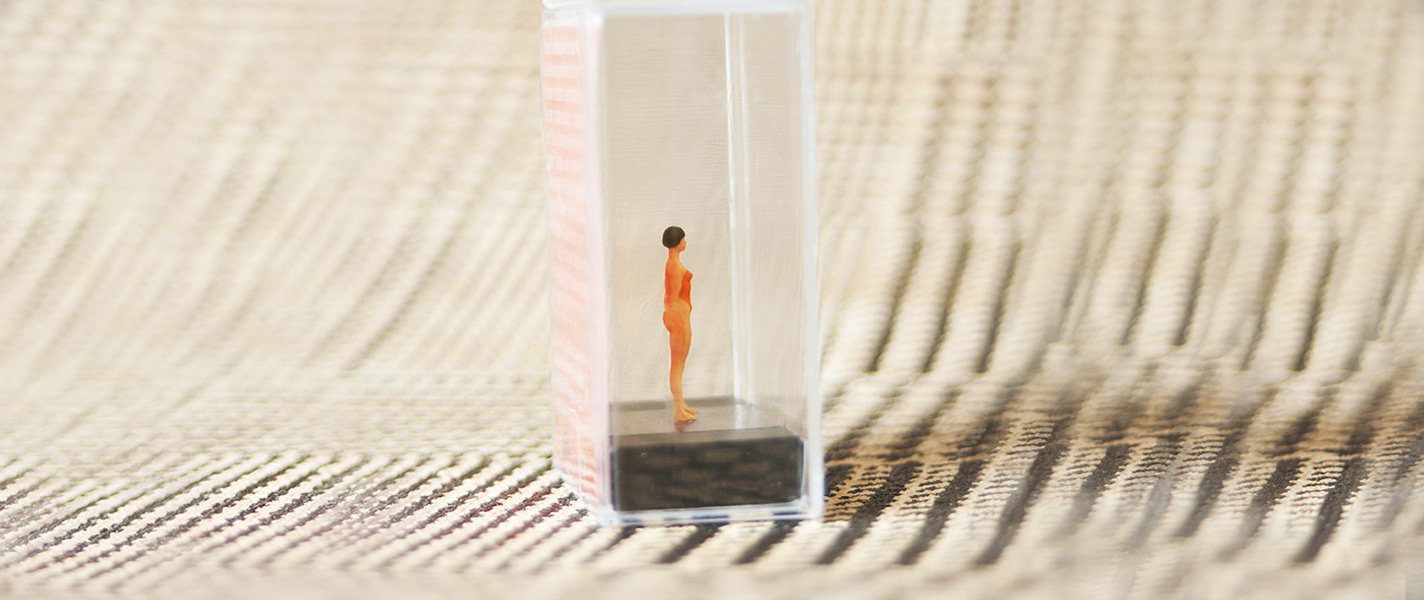How To Know If Your Plastic Is BPA-Free
In this guide, we’ll focus more on plastics. How to know if a product is BPA-free, the plastic codes which denote the different kinds of plastic, some important safety precautions, and common hazards when it comes to plastics that are not BPA-free.
To know if a plastic product is BPA-free, you need to check the materials used in the manufacturing process, interpret symbols, and observe. Good thing, there are easy steps to follow to determine how much BPA is contained in the plastic products you use.
Research Resin Codes.
On every plastic product, there is a resin identification code, commonly referred to as the recycling sign. Look for a triangle with an arrow inside it. It is usually situated around the bottom part of the plastic item. It’s common knowledge that BPA contains polymer “3” (polyvinyl chloride, or PVC) and polymer “7” (other, usually mixed plastics). However, not all plastics with the number “7” contain BPA; this code is a catch-all for a variety of substances.
Check for labels marked “BPA-Free.”.
Some manufacturers boldly state “BPA-free” on their products as though it’s a badge of honor. Many firms use this as part of their marketing campaigns to convince customers that their products don’t contain BPA, although it doesn’t need it. Check the labels or packaging of products for any statement about BPA presence.
Think about the Material.
BPA is commonly used to make polycarbonate polymer and epoxy resins. If you are certain of the type of plastic used to make the item, then you can make a good estimate of how much BPA is contained in the product. BPA is often missing from products made from polypropylene (“5”), polyethylene (recycling code “1”) or polyethylene terephthalate (“1”).
Knowing whether plastic is BPA-free helps you make the right choices when it comes to the items you use daily. If you integrate these tips into your daily use and buying decisions, you might just inspire others to live more thoughtfully and healthily.
Inspect the Recycling Codes.
One convenient way of ascertaining whether a plastic product contains no Bisphenol A (BPA) is to look into the recycling codes, often called resin identification numbers. These recycling triangles are usually printed on the backside of plastic items and each contains the ID numbers. Each number corresponds to a specific plastic-type and provides information about the material content and, in some cases, the presence of BPA.
Recycling Codes: Code 1 PET
PET stands for polyethylene terephthalate. PET is a material widely used in the production of textiles, beverage bottles, and food containers. It is BPA-free and safe. This plastic is easily recyclable and has low potential for chemical leaching.
Recycling Codes: Code 2 HDPE
Reuse Code 2 stands for HDPE or high-density polyethylene. Containers for milk, soap, and household cleaning supplies are often made from this plastic. Like plastic, HDPE is considered a safe choice due to its durability, chemical properties, and lack of BPA.
Recycling Codes: Code 3 PVC
Recycling code 3 refers to polyvinyl chloride or PVC. PVC is widely used in packaging materials, pipes, and flooring. It is important to remember that PVC often contains BPA and other harmful substances. If you want to avoid BPA in general, it is best to avoid recyclable materials.
Recycling Codes: Code 4 LDPE
Recycling code 4 means LDPE stands for low-density polyethylene. Products such as shrink wrap, plastic bags, and different containers are often made from this plastic. LDPE is generally BPA-free and considered safe for food storage. Container, bottle, container. It is BPA-free and known for its high performance and high-temperature performance in many areas. Something. PS includes disposable items such as Styrofoam cups and kitchen utensils. Although PS generally does not contain BPA, it is still recommended not to use it to heat food or beverages as harmful chemicals will be released when heated.
Recycling Codes: Code 5 PP
Polypropylene or PP is the abbreviation for recycling code 5. It is BPA-free and is known for its high performance and high-temperature performance.
Recycling Codes: Code 6 PS
Code 6 is the same as PS or polystyrene. PS includes disposable items such as Styrofoam cups and kitchen utensils. Although PS generally does not contain BPA, it is still recommended not to use it to heat food or beverages as harmful chemicals will be released when heated.
Recycling Codes: Code 7 Other
Many polymer types not covered by other groups are included in Code 7. These include hybrid polymers and composites. Although some Code 7 plastics do not contain BPA, it is important to exercise caution and, if possible, contact the manufacturer for more information. This will ensure the safety of the product.
Strengthen your choice: A Guide on How to Know if Plastic is BPA-Free
It is safer to choose numbers 1 (PET), 2 (HDPE), 4. ( LDPE) and 5 (PP). Use Code 3 (PVC) products with caution as they may contain BPA. Code 6 (PS) is generally safe, but excessive heat can cause problems. Further research is needed to determine the stability of code 7 (alternative). Recycling rules can serve as guidelines to help people make better, BPA-free lifestyle choices, promoting environmental awareness and overall health.
The article represents the views of the blogger and not those of LEED Initiative.






